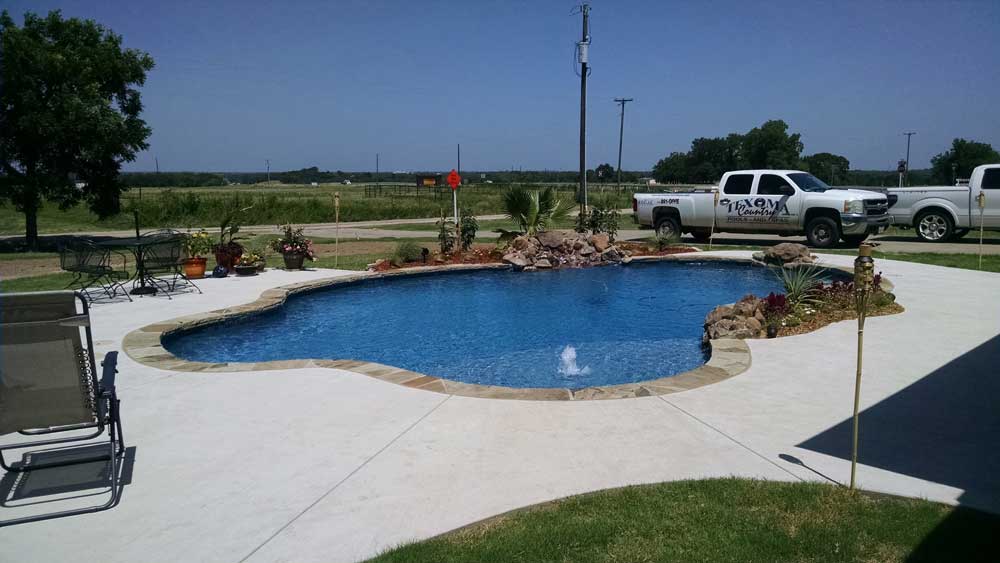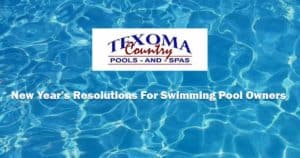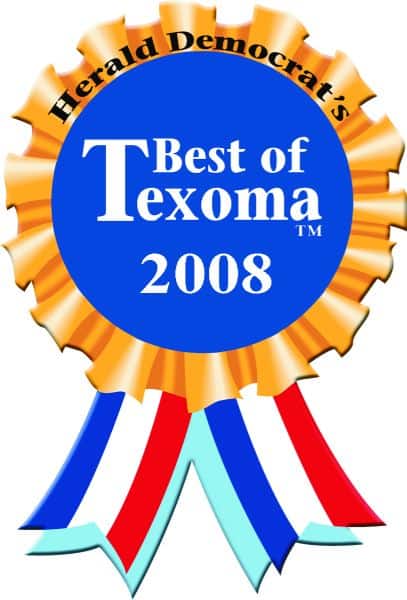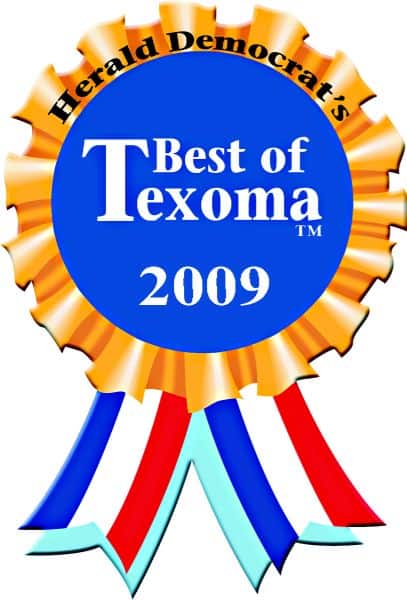Despite people’s best intentions when they buy a pool in Texas, most pools fail to maintain a good hygiene standard. This doesn’t just apply to pools at people’s homes; it applies to commercial pools too.
According to research conducted on behalf of the Water Quality & Health Council into swimming pool sanitization, over half of Americans surveyed admitted to using a swimming pool to rinse off after a workout, or in place of a shower.
Furthermore, an astonishing 40% of adults admitted to urinating in a pool.
With these statistics in mind, it’s no great surprise that a study involving over 80k public pools showed that almost 80% of these have at least one violation of either a hygiene or safety aspect.
Because it’s your business to keep your client pools safe and hygienic, you need to make sure that their pools remain sanitized and safe.
As we enter the peak season, (not to mention all of this COVID-19 stuff), you will be focused on getting people’s pool open.
To do this, and maintain your client satisfaction levels, you need to optimize your schedule to cater to everyone’s needs.
Get it right, and your pool servicing technicians will receive a manageable workload, and your business will enjoy balanced costs for labor and fuel.
Get it wrong, and your poor scheduling could end up costing you time, money, and customers.
In this post, we will provide you with practical guidance about how to plan a pool maintenance schedule during peak season.
We will also give you several tips to help you reduce your mileage, optimize your calendar while covering a range of locations, reducing your overheads, and maximizing your pool maintenance revenues.
Quick Links
- What does a pool maintenance schedule look like?
- How to schedule your client’s pool maintenance
- Forward Planning and Location-Based Maintenance
- Bundling Together Weekly Maintenance Jobs
- Plan Your Peak Season Demand in Advance
- Careful Coordination of Spa and Pool Installations
- Utilize Technology to Drive Efficiency
- The impact of a poorly optimized pool maintenance schedule
- The importance of optimized scheduling and route planning
What does a pool maintenance schedule look like?

A professional pool maintenance schedule is designed to ensure that a team of pool cleaners undertake specific tasks at the right time in a commercial or residential pool.
Carrying out tasks such as the backwashing of filters, and other core maintenance tasks, at the right time can help your clients avoid problems with pumps, water filtration units, and cleanliness, some of which may lead to the growth of algae amongst other issues.
Regardless of how busy the pooling cleaning team is and the scope of the area they cover, it’s easy to understand how maintenance schedules become complex. When you factor these elements in, alongside the demand from clients to each have their pools opening on the same weekend like everyone else, you must have a pool maintenance schedule that works for you, your clients, and your technicians.
A good pool maintenance schedule will account for the different areas you cover, the unique requirements of your client’s pools, service time windows, and more. Without a proper planning and scheduling system in place, you can spend more time and money than needed, not mention missing out on your client’s expectations and potentially letting them down when they need you most.
How to schedule your client’s pool maintenance
As a pool maintenance operation, you should consider the number of clients and pool you need to service, the different types of maintenance services you offer, their locations, and the frequency of the tasks you need to undertake. Now, there is a range of key strategies you can utilize to optimize your pool maintenance schedule.
Forward Planning and Location-Based Maintenance

By planning ahead, instead of haphazardly sending out your pool maintenance technicians on a first-come-first-served basis, you can schedule your servicing and take a more balanced and calm approach.
This means that your team will know when and where they are expected, and your clients know in advance when you are going to be cleaning their pool for them.
This proactive strategy works well as you take control of your schedule and can forward plan your requirements and your manpower.
It’s relatively common for people to charge a standardized monthly rate for pool maintenance. This approach can ensure your service operates in the leanest way, enabling you to retain your profitability, reputation, and ability to manage your customers’ needs and technicians.
If your business provides individual routine weekly maintenance and testing tasks, such as vacuuming or chemical testing, or providing a comprehensive maintenance package, you should always try your best to use a location-based planning methodology as part of your scheduling strategy. This will enable your team to be as productive as possible, and potentially handle more clients in a single day, due to their reduced travel time.
This weekly planning process will give you a far more comprehensive understanding of your team’s availability and capacity, and it will also ensure your customers know exactly when to expect you. Finally, it means that should you wish to expand and take on more new clients, you can do this, even during the peak seasons with a clearer picture of your availability, and greater confidence in your capabilities to manage the extra work.
Bundling Together Weekly Maintenance Jobs
If you consider those clients who have the same regular tasks performed for them, they all have something in common; they need a technician with a specific skill or equipment. For instance, all of your clients who get regular vacuuming will need a technician who has a heavy-duty vacuum, and the skills to use it. Therefore, it makes sense to bundle these tasks together.
Here is a list of the typical tasks that need a specific skill or piece of equipment to be carried out correctly.
- Filter Testing
- Chemical Testing
- Pool Skimming
- Scrubbing the Interior of a Pool
- Checking and Cleaning of the Pool Skimmer
- Pool Pump Testing
- Basket and Bag Emptying
Bundling these services together will make managing the schedule easier on your business, easier on your technicians, and easier on your bottom line.
Plan Your Peak Season Demand in Advance
It happens every year, and it’s always hectic. People still want to open and close at the same time, and because these tasks only occur once each season, and they take a decent amount of time, you could be forgiven for thinking that location-based planning might not help. However, making improvements to your plan, and your workflow allocation can ALWAYS benefit you, irrespective of the time of year, or how busy you are.

Labor Day and Memorial Day are key examples of times with heavy demand, but as we’ve mentioned, scheduling these things in advance, before the busy season begins, can help you stay one-step-ahead of the spike in demand.
Careful Coordination of Spa and Pool Installations
As you’ll appreciate, these jobs are much less seasonal, and these tasks are probably going to be undertaken by a different team than your core pool service technicians. The point we want to make is that you need to ensure you have the time to talk with your clients about these larger ticket jobs. So, getting your maintenance schedule in order will intrinsically give you more time and energy to focus on chasing these jobs.
Utilize Technology to Drive Efficiency
How you plan your maintenance will dictate how efficient your pool maintenance schedule is. If you are trying to do this using the internet or a map, you will spend countless hours every week doing manual work. It’s not going to be enjoyable, nor is it going to be productive.
Instead, find scheduling or route management software to help you automate the process. It will save you time and money, and it will also ensure that your technician’s time is fully optimized.
Here are three examples of route management and scheduling software tools.



Each of these tools is easy to use and highly accessible across several devices.
The impact of a poorly optimized pool maintenance schedule
If you don’t fully optimize your maintenance schedule, your team and your business fail to perform at its full capacity. In this line of business, margins and local competition are already pushing most to their limits. Without optimizing schedules and costs, it can result in lost dollars, and of course, less profit for your pool business.
Here’s a summary of the impact of ineffective and inefficient maintenance schedules.
- You will serve fewer clients
- Poor routing results in the inefficient use of fuel
- The morale of your team will be impacted
- Your clients don’t get the level of service they expect
- Missed appointments
- Poor communication of appointment times or windows
- Urgent jobs and cancellations handled ineffectively or inadequately
- Manual planning wastes time and can result in you working longer hours unnecessarily
Mainly, it costs you time and money, and it can harm your key stakeholders, such as your clients and your staff.

The importance of optimized scheduling and route planning
As we’ve already alluded to in this post, you will have to do the planning manually without a system in place. Aside from this, if you fail to control your scheduling, when last-minute or unexpected tasks occur, such as cancellations, urgent jobs, or requests for changes, it can skew your system and result in more manual work.
Effective route planning and scheduling have numerous benefits, all of which account for a better, more professional offering. It can give you a more productive workforce and better revenues for your business, not to mention the opportunity to streamline the work you do and provide a better service level to your customers.
Here’s a quick summary of how and why optimized scheduling could benefit your pool maintenance operation.
- You can serve more customers
- You can enable your workforce to be more productive
- You can reduce the time your workforce spends traveling
- You can give your customers advanced notice of their appointments
- You can increase your revenue
- You can reduce missed or canceled appointments
- You can reduce your environmental footprint
- You will use less gas
- Your team will notice better workloads
- Your customers will get a better level of service
- You will spend less time planning routes
- Your customers will be happier and more informed.
During the run-up to starting of the peak season, it can be quite a stressful time for your clients, your technicians, and your business.
At this time of year, the last thing one of your clients’ needs is to face a delay or miscommunication about their pool maintenance.
Using a better routing and planning system will enable your business to meet the increasing demands of peak season with ease, and it will help protect you from dropping clients or losing them to your competition.


















